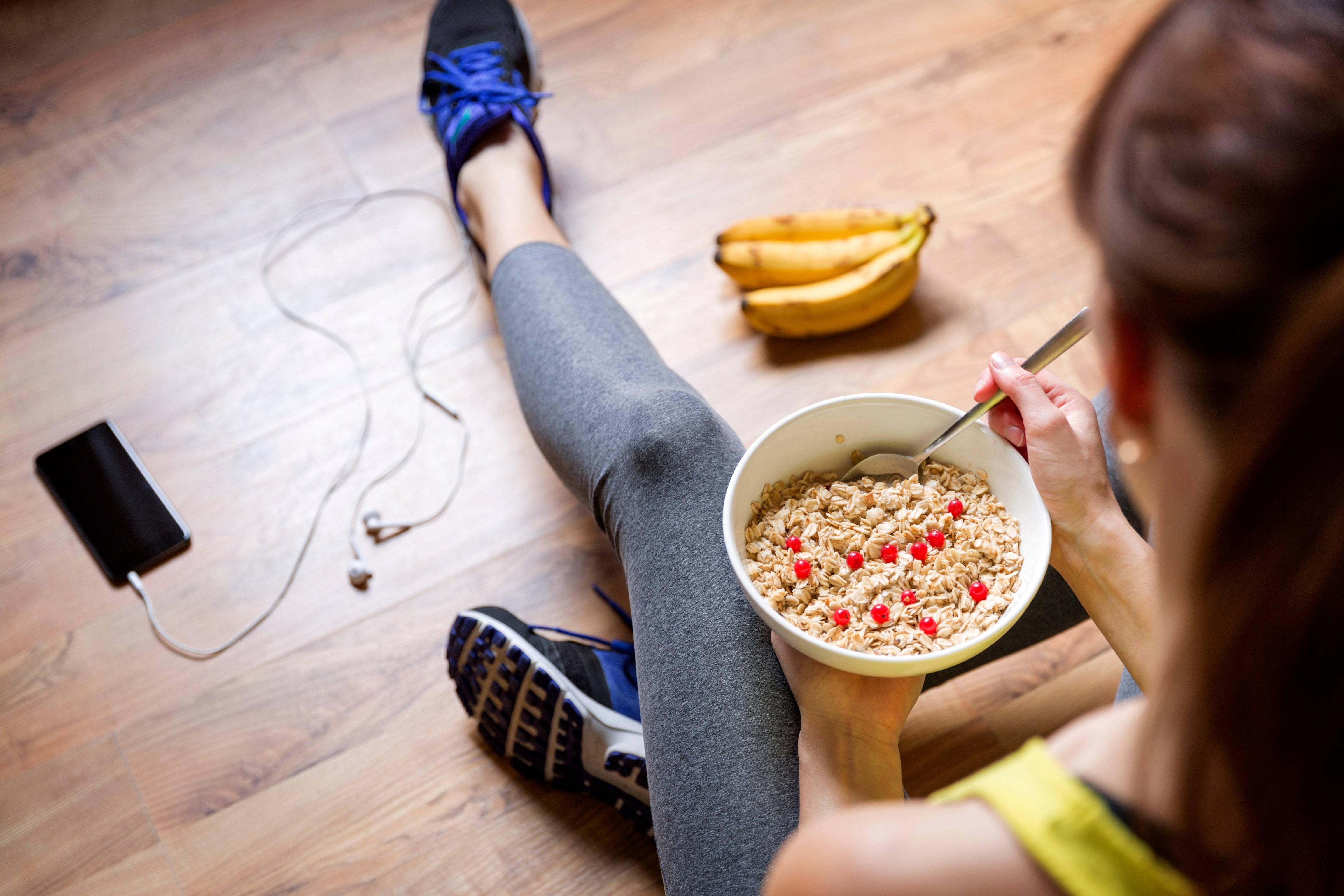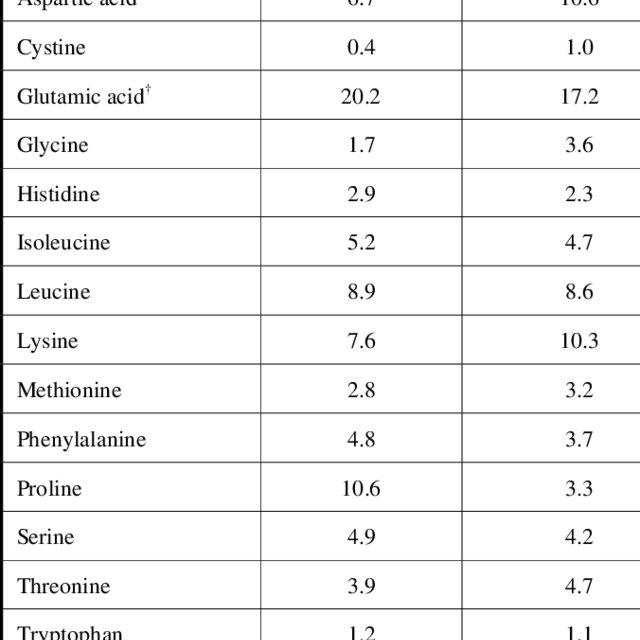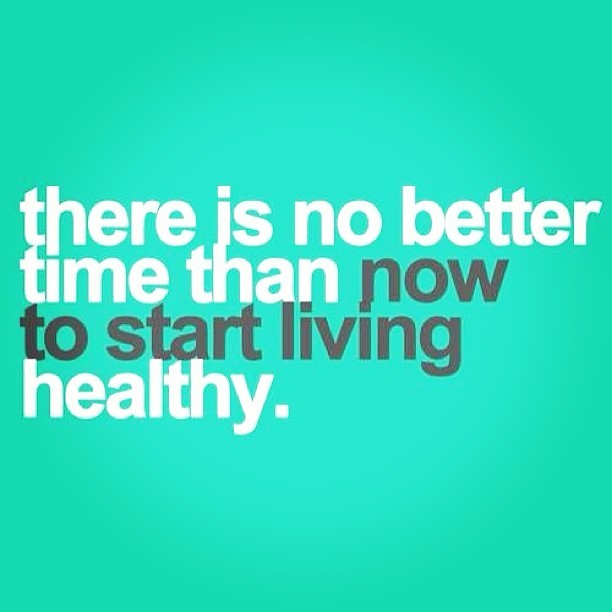
A majority of diabetics should eat lots meat, poultry, seafood, and eggs. However, they should not eat too much sugar or fat. People who are concerned about the health effects of their diet should eat a diet rich in fruits, vegetables, whole grains, and legumes. Diabetic patients should still eat non-vegetarian food and drink occasionally. The following tips are intended to help diabetics create a healthy, balanced diet that fits their lifestyle.
Two common ingredients that can make diabetics more vulnerable are flour and salt. These ingredients can increase blood pressure and add unnecessary calories. Although you should avoid eating food high in sodium content, there are still ways to incorporate it into your meal plan without compromising your diet. A diabetic diet menu should consist mainly of whole foods. Whole foods are less sodium- and fat-rich than refined sugar. It is important to avoid processed foods, as well as flash frozen foods.

The ideal diabetes diet menu should contain a balanced mix of carbohydrates, proteins, and fat. You don't need to go crazy, but it's important that you include healthy fats as well as a range of carbohydrates. Balance of all three should be a key part of a diabetic-friendly diet. Fiber and protein will slow down the breakdown of carbohydrates. However, fiber and proteins will provide extra nutrition and increase blood sugar levels. Diabetes is a condition that requires you to be vigilant about your food intake and maintain a steady blood glucose level.
A diabetic diet menu should be based on your child's usual diet. Carbohydrates are the main focus of this diet, since they can spike blood sugar levels. A diabetic diet should be based on fruit and vegetables, rather than breads and pasta. Both vegetables and fruits are high in fiber and antioxidants. Choose whole fruit instead of fruit juices. Fruits after meals should be avoided as they can spike blood sugar.
Soluble fiber in cooked oatmeal helps regulate blood sugar levels and improves heart health. Oatmeal is rich in fiber which can help lower insulin levels. Oatmeal is low-calorie and high in fiber, making it an excellent choice for diabetic diets. For type 2 diabetes prevention, it is important to include some fruits, nuts, and vegetables in a diabetic's diet.

The glycemic index should be used to determine the diabetic diet. This index ranks carbohydrate-containing foods by their effect on blood sugar. A dietitian can help you choose foods that will benefit your condition. You can also have a diet plan tailored to your lifestyle and goals. With the right nutrition, you can maintain a healthy body and achieve your diabetes-friendly lifestyle. It's important not to eat too much of anything.
FAQ
What is the difference in a virus and bacteria?
A virus is a microscopic organism that cannot reproduce outside its host cell. A bacterium is an organism that splits itself in two. Viruses can be as small as 20 nanometers, while bacteria can grow up to 1 micron.
Viruses are spread via contact with infected bodily liquids such as urine, saliva, semen and vaginal secretions. Bacteria are usually spread through direct contact with contaminated objects or surfaces.
Viral infections can also be introduced to our bodies by a variety of cuts, scrapes or bites. They can also be transmitted through the eyes, nose, mouth, ears, rectum, and anus.
Bacteria can enter the body through wounds. They may also be introduced into our bodies through food and water as well as soil, dirt, dust, and animals.
Both viruses and bacteria can cause illness. But viruses do not have the ability to multiply within their hosts. They infect only living cells, causing illness.
Bacteria may spread to other people and cause sickness. They can even invade other parts of the body. They can even invade other parts of the body, which is why antibiotics are necessary to eradicate them.
How does an antibiotic work?
Antibiotics can be used to kill bacteria. The treatment of bacterial infections is done with antibiotics. There are many kinds of antibiotics. Some are administered topically, while others can be taken orally.
People who have been infected with certain germs may need antibiotics. If someone has chicken pox, they might need to take an oral antibiotic in order to prevent shingles. A penicillin injection might be given to prevent pneumonia in someone who has had strep.
When antibiotics are given to children, they should be given by a doctor. Children are at greater risk than adults for developing serious side effects from taking antibiotics.
Diarrhea is the most common side effect from antibiotics. Other possible side effects include diarrhea, nausea and vomiting, allergy reactions, dizziness, dizziness, stomach cramps, nausea, vomiting or allergic reactions. These side effects are usually gone once the treatment is complete.
What are the 10 best foods to eat?
These are the top 10 foods to eat.
-
Avocados
-
Berries
-
Broccoli
-
Cauliflower
-
Eggs
-
Fish
-
Grains
-
Nuts
-
Oats
-
Salmon
Statistics
- In both adults and children, the intake of free sugars should be reduced to less than 10% of total energy intake. (who.int)
- WHO recommends consuming less than 5% of total energy intake for additional health benefits. (who.int)
- According to the Physical Activity Guidelines for Americans, we should strive for at least 150 minutes of moderate intensity activity each week (54Trusted Source Smoking, harmful use of drugs, and alcohol abuse can all seriously negatively affect your health. (healthline.com)
- WHO recommends reducing saturated fats to less than 10% of total energy intake; reducing trans-fats to less than 1% of total energy intake; and replacing both saturated fats and trans-fats to unsaturated fats. (who.int)
External Links
How To
27 Steps to achieve a healthy lifestyle when your family only buys junk food
Cooking at home is the best way to eat well. But, it can be hard to make healthy meals because many people don't know how. This article will give you some tips on how to make healthier choices when eating out.
-
Select restaurants that offer healthy dishes.
-
Before you order any meat dishes, make sure to order salads or vegetables.
-
Ask for sauces without added sugar.
-
Avoid fried food.
-
Ask for grilled meats, not fried.
-
Order dessert only if you absolutely need it.
-
It is important to have something more after dinner.
-
You should eat slowly and chew well.
-
Get plenty of water when you eat.
-
Don't skip breakfast and lunch.
-
Every meal should include fruit and vegetables.
-
Use milk, not soda.
-
Sugary drinks should be avoided.
-
Limit the amount of salt in your diet.
-
Limit the amount of time you eat at fast food restaurants.
-
Ask someone to come along if you are unable to resist temptation.
-
You should not allow your kids to watch too many TV programs.
-
Turn off the television during meals.
-
Drink no energy drinks
-
Regular breaks from work are important.
-
Exercise early in the morning.
-
Every day, exercise.
-
Start small and then build up slowly.
-
Set realistic goals.
-
Be patient.
-
Find time to exercise even if you don't feel like it.
-
Positive thinking is important.